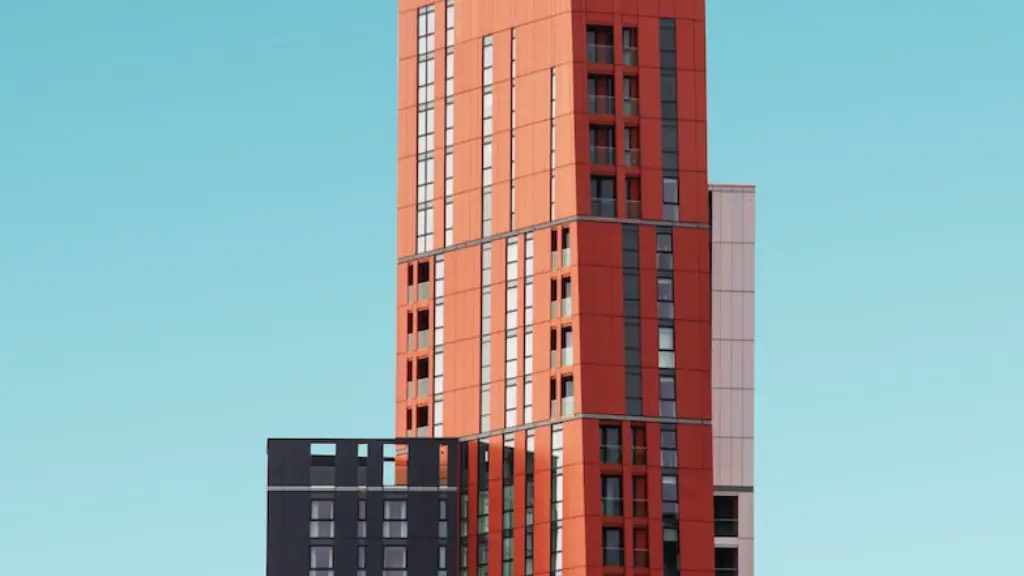Background Information
Modern architecture has been an ongoing trend in the design of buildings since the early 20th century when divided styles began to emerge. The modernist movement in architecture had aimed to be progressive and forward-thinking, rejecting the traditions and conventions of classical styles. It sought to be functional, practical and efficient, emphasising simple shapes and structures over ornate, decorative ones. Its aesthetic was often minimalist, focused on practicality and structure. The most well-known modernist architect Le Corbusier described his vision as ‘machines for living’, but this approach has not been without its criticisms.
The Failed Oppositions to Modern Architecture
The oppositions to modern architecture occurred from the 1930s, with critics describing modernist buildings as being sterile, soulless and impersonal. The style was accused of a lack of warmth, character and comfort and of disregarding local and regional custom in favour of a universal style. There were also criticisms of overly ambitious projects leading to conceiving buildings that were financially out of reach, overly ambitious or quickly outdated.
The Rise of Postmodernism
The failure of modern architecture was highlighted in the rise of postmodernism, a reaction against the perceived elitism and sterility of modernist architecture. Postmodernism emphasised the idea of ‘play’ as an essential element of architecture, allowing creativity and experimentation to inform the design process. Postmodern architecture also acknowledged the importance of context and culture, considering local and regional custom rather than a universal style.
A Lack of Receptivity
Despite the advantages of postmodernism, modern architecture still has its defenders. This is largely due to the fact that modern architecture was designed in response to the rapid growth and development of cities and towns in the 20th century. The speed and scale of development saw modernist designs being prioritised over postmodern ones due to their efficiency and cost-effectiveness. Modern architecture was, however, often criticised for its lack of receptivity. This meant that often when designing buildings and structures, the architect was only interested in the building itself and not its immediate surroundings, neglecting the context of the space.
The Advantages of Postmodernism over Modern Architecture
Postmodernism differs from modern architecture in that it is much more accepting of the context in which it is built. Postmodern architecture aims to unify the building with its surroundings rather than standing apart from them, making it more aesthetically pleasing. Postmodernist architecture also encourages experimentation and play, an aspect which modern architecture lacked. Future architects have far more freedom to express their ideas and communicate through their designs.
The Disadvantage of Postmodernism
The main disadvantage of postmodern architecture is its inconsistency. As the focus is on context and experimentation, there is no uniform style or guideline. This means that there is a lack of consistency in designs, making it difficult to create a consistent aesthetic in a city or town. In addition, the focus on experimentation can mean that structures are not built to last, or become out of date quickly.
The Rise of Sustainable Architecture
Despite its disadvantages, postmodern architecture paved the way for sustainable architecture, a design approach which focuses on creating efficient, ecological and sustainable structures. Sustainable architecture continues to take the best elements of modern and postmodernism, combining the focus on efficiency, cost-effectiveness, context and creativity. Sustainable architecture is starting to replace modern architecture in cities, towns and villages, creating well-design, timeless, efficient and eco-friendly buildings.
Location and Context
Location and context of a building play an integral role when constructing any kind of structure. This is particularly important for modern architecture due to its lack of flexibility. Modern architects often failed to take into consideration the site their structure would be built on, leading to unappealing or impractical buildings. In comparison, sustainable and postmodern architecture takes into account the specific context of the location it is being built on, ensuring the structure is harmonious and aesthetic.
Limitations of Materials
Modern architecture has also suffered due to the limitations of materials used. Often architects have used materials that have proved unsuitable for the environment the building is in, leading to the deterioration of the structure over time. Sustainable architecture, on the other hand, focuses on using materials that are not just efficient, but also locally sourced and eco-friendly. This focuses on creating materials that not only look good, but also that are durable and can withstand the environment in which they are built.
Construction Cost and Efficiency
Modern architecture was initially attractive to many due to its cost-effectiveness and efficiency. However, due to the lack of conformity with the context and location of the building, modern architects often failed to create efficient designs. This led to inefficient construction processes and labour costs, resulting in buildings that were expensive to build and maintain. By contrast, sustainable architecture takes into account the cost of the materials and labour, aiming to create efficient design solutions that both respect the environment and are cost-effective.
Durability and Maintenance
Modernism tended to focus on impermanence, favouring renovation over restoration. This means that many modernist buildings lack the durability that is often associated with more traditional forms of architecture. In addition, the lack of attention to context often means that modern buildings are impractical and require constant maintenance, leading to an increase in repair and labour costs. Sustainable architecture, however, focuses not only on building a durable structure, but also considers the maintenance requirements, seeking to create structures that require minimal maintenance while still being aesthetically pleasing.
Conclusion
The failure of modern architecture has been acknowledged due to its lack of receptivity and durability. The rise of postmodernism, followed by the introduction of sustainable architecture, has now provided a new set of guidelines and approaches to architecture, focusing on the importance of context, experimentation and sustainability.



